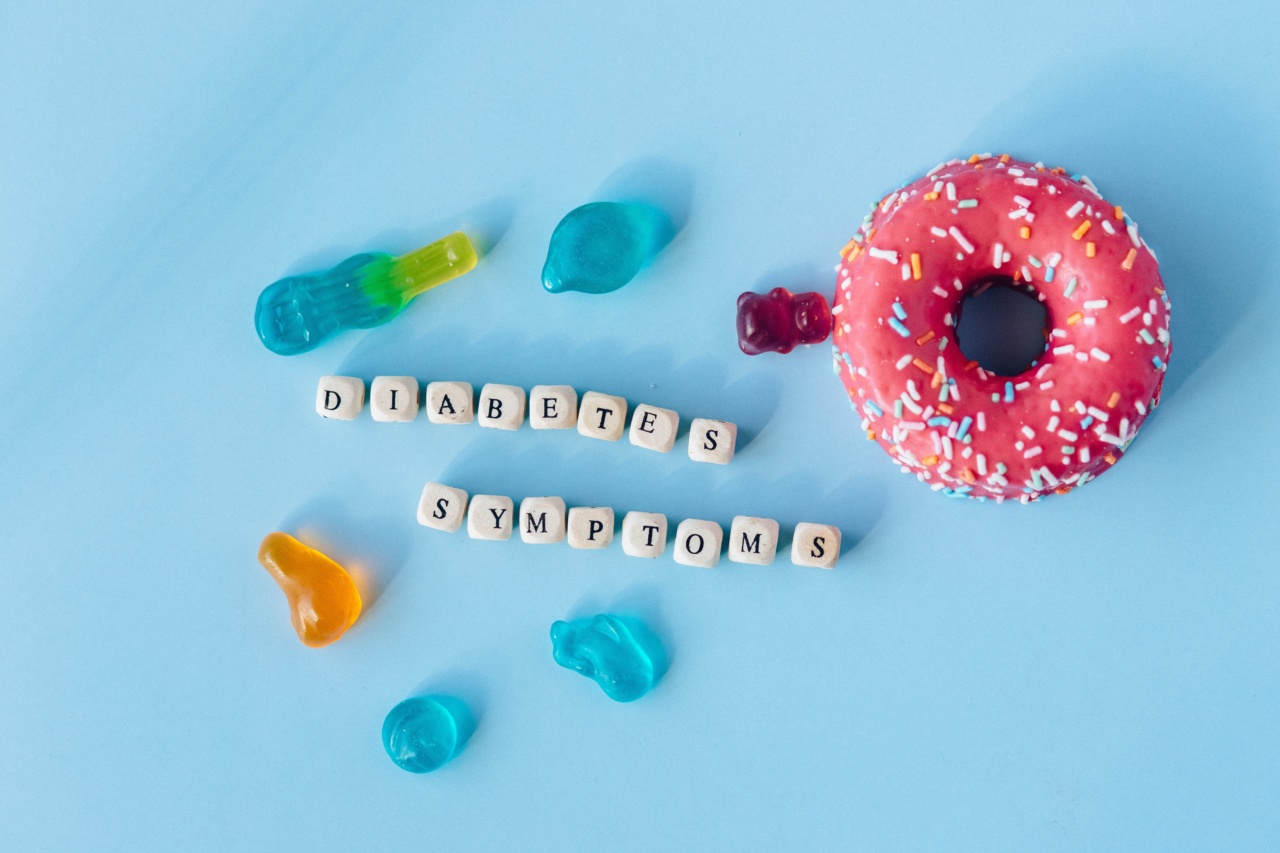Angina is a common medical condition characterized by chest pain or discomfort. It occurs when the heart muscle doesn’t receive enough oxygen-rich blood.
The most common cause of angina is coronary artery disease, which is the narrowing or blockage of the arteries that supply blood to the heart.
Symptoms of Angina
The main symptom of angina is chest pain or discomfort. It is often described as a squeezing, pressure, heaviness, or tightness in the chest. The pain may also radiate to the arms, shoulders, neck, jaw, or back.
Other symptoms may include shortness of breath, nausea, fatigue, and sweating.
Types of Angina
There are several types of angina, including:.
- Stable angina: This is the most common type of angina. It occurs when the heart is working harder than usual, such as during physical exertion or emotional stress.
- Unstable angina: This type of angina occurs at rest or with minimal physical exertion. It often indicates a more serious problem and requires immediate medical attention.
- Variant angina: Also known as Prinzmetal’s angina, this type of angina is caused by a spasm of the coronary arteries, rather than by a blockage.
Managing Angina Symptoms
While angina cannot be cured, it can be effectively managed to reduce symptoms and improve quality of life. Here are some strategies for managing angina:.
1. Medications
Medications play a crucial role in managing angina symptoms. They can help to relax the blood vessels, reduce the heart’s workload, and relieve chest pain. Commonly prescribed medications for angina include:.
- Nitrates
- Beta-blockers
- Calcium channel blockers
- Aspirin
- Statins
2. Lifestyle Changes
Adopting a healthy lifestyle can significantly improve angina symptoms and overall heart health. Here are some lifestyle changes that can help:.
- Quit smoking
- Eat a heart-healthy diet
- Exercise regularly
- Maintain a healthy weight
- Manage stress
3. Cardiac Rehabilitation
Participating in a cardiac rehabilitation program can be beneficial for individuals with angina. These programs offer supervised exercise sessions, education on heart-healthy living, and emotional support.
4. Stress Management
Stress can trigger angina symptoms, so finding effective stress management techniques is important.
Some popular stress-reducing activities include yoga, meditation, deep breathing exercises, and engaging in hobbies or activities that bring joy and relaxation.
5. Avoiding Triggers
Identifying and avoiding triggers that worsen angina symptoms is crucial. Common triggers include extreme weather conditions, heavy meals, strenuous physical activities, and emotional stress.
By recognizing these triggers, individuals with angina can take preventive measures and minimize symptom flare-ups.
Reducing Angina Crises
While managing symptoms is important, preventing angina crises is equally crucial. Here are steps to reduce the occurrence of angina crises:.
1. Stick to Medication Regimen
Strict adherence to the prescribed medication regimen is vital to controlling angina symptoms. Skipping or altering doses can increase the risk of angina crises.
It is important to consult with a healthcare provider about any concerns or side effects of the medications.
2. Regular Check-ups
Regular check-ups with a cardiologist are essential for individuals with angina. These check-ups allow for monitoring of heart health, assessment of the effectiveness of medications, and adjustment of treatment plans if necessary.
3. Recognize Early Warning Signs
Learning to recognize early warning signs of an angina crisis can help individuals take prompt action. Increased chest pain, shortness of breath at rest, and chest pain that is not relieved by medication may indicate an impending crisis.
4. Have an Emergency Plan
Developing an emergency plan in consultation with a healthcare provider is crucial. The plan should include steps to take during an angina crisis, emergency contact numbers, and information on when to seek immediate medical attention.
5. Know How to Administer Nitroglycerin
Nitroglycerin is a common medication used to relieve angina symptoms. Individuals with angina should know how to administer nitroglycerin properly and carry it with them at all times in case of an angina crisis.
Conclusion
Living with angina can be challenging, but with proper management and lifestyle changes, individuals can lead fulfilling lives.
Understanding the symptoms of angina, managing symptoms effectively, and taking preventative measures to reduce angina crises are key in improving the overall quality of life for those with angina.






























